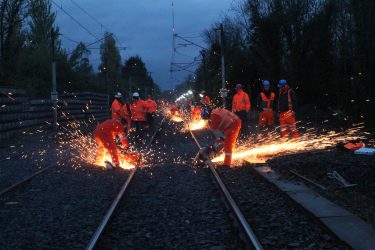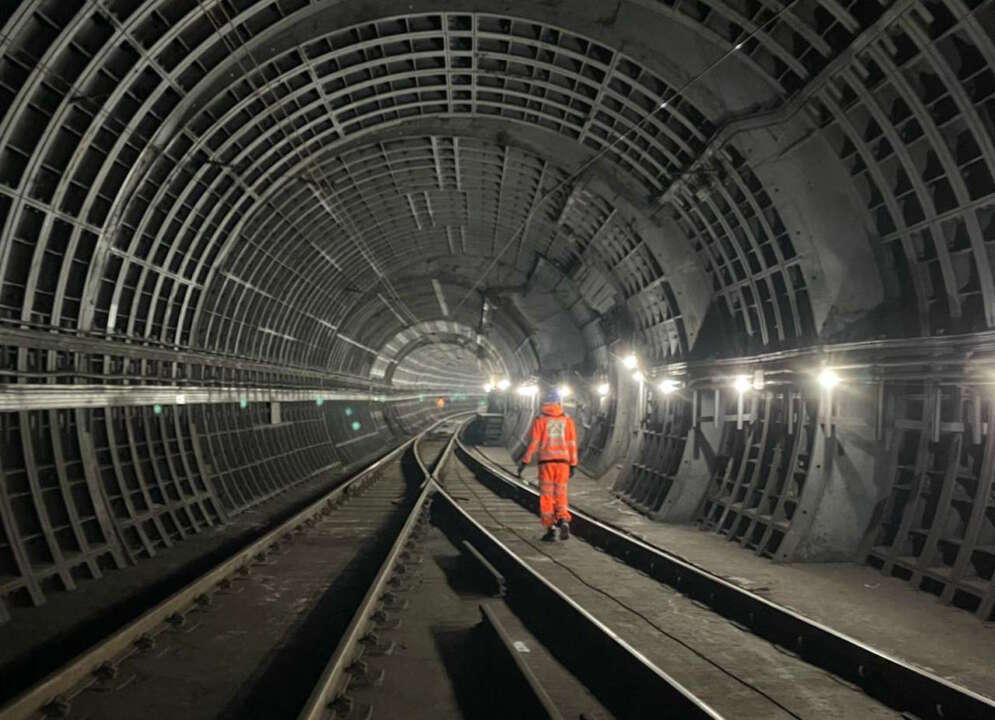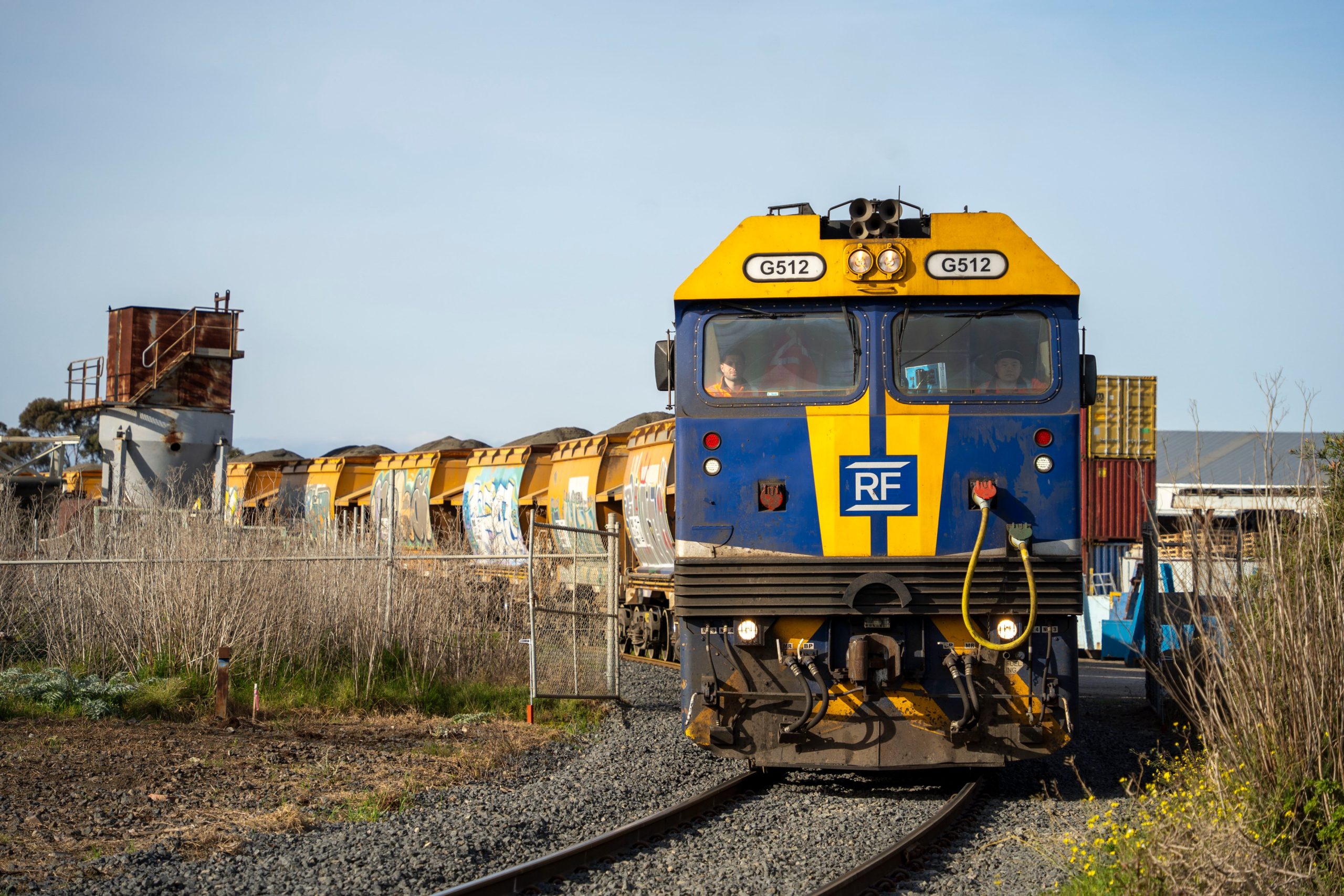Trying understand the pros and cons of Continuous Weld Track Joins Technology use in the Vic Regional Railway System
Stability of continuous welded rails:A state-of-the-art review of structural modeling and nondestructive evaluation
.Proceedings of the Institution of Mechanical Engineers, Part F: Journal of Rail and Rapid Transit
Content Unquote: Journal Of Rail and Rapid Transit
Abstract:
Continuous welded rails (CWR) are track segments welded together to form a continuous miles-long track. With respect to mechanically-jointed rails, CWR are stronger, smoother, require less maintenance, and can be traveled at higher speeds.
Despite these advantages, CWR are prone to fracture during cold seasons and to instability during warm seasons when the increase in the steel temperature induces extreme compression. To better understand buckling mechanism, engineers studied the structural behavior of rails under static and dynamic loads. Some of these models represent the basis of noninvasive methods to measure longitudinal stress.
Both structural analyses and nondestructive evaluation methods are tools to predict the temperatures and the field conditions at which rails experience extreme tensile or compressive stress.
This article reviews the last three decades of research and development on the structural analysis and nondestructive evaluation of CWR.
The scope of this document is to provide a holistic view of the developments in rail engineering and nondestructive evaluation relevant to the problem of thermal buckling. Advantages and limitations of the analyses and of the nondestructive methods are discussed based upon the information available in the scientific literature. Additionally, any knowledge gap to be addressed by the scientific community in the years to come is identified and discussed.
I have few observations that may relate to some interesting events during may travels on the v/line system which maybe someone who’s qualified in the field of “Way and Works” could help shine a light on a few questions I wish to ask as I hoping to have some shed some light of why such events occurred.
From my understanding with CWR [Continuous Weld Track joins] when there marked variation differences from day and night temperatures during the Summer Months track buckles can occur from expansion of the rails lengths edge where the thermo weld joins areas replaced the older track technology ie: fishplates with it’s traditional elongated holes that held the tracks together.
Observations whist riding around the system:
- I had a first hand experience when I went for ride to Warrnambool on the Rail Corridor this summer 14/02/2024 when VN6 Warrnambool down 13:08 was cancelled due to track buckle at Winchlesea as I understand this track is mainly CWR with odd un welded track joins for signals and points areas on the route.
- I do not understand despite the CWR track used on majority of the Vic railway system why in hot lengthy spells in the summer months there is need for “Extreme Heat Timetables”where train operate at slower speeds extending the travel time and in some cases, buses replace some services in the heat of the day ie: lunchtime to late afternoon.
- I understand after doing bit of a search online that UK,Europe and USA had issues with track buckles too in areas with temperate climate conditions.
https://crr.tti.tamu.edu/current-research/thermal-buckling/
Hypothesis:
I understand the one of the many reasons used to justify the un welded track joins removal on the rail network:
“The train wheels suffered wheel damage from the impact of it going over the gaps in between the rail lengths in a period of time”
Problems with Heat buckles, seemed to be less of an issue when the older technology of fishplates with elongated bolt holes held the tracks together and it was in widespread use.
- Maybe rubber elastomers could be considered to put between the edges of the rail lengths to lessen the impact on the wheels set of the train etc on the rail length edges?
- Would it be cheaper to replace the wheel sets of the train then ripping up the whole section of track when it suffer from track damage due to heat buckles?
It seems that something went wrong, for trains to operate slower during very hot weather in summer months on the rail systems of those various countries overseas including Australia, I thought the CWR one main purposes beside less maintenance was allow to faster train operation on the system…..
Comments from people in the Industry of Track Maintenance/Engineering are appreciated to enlighten me why is this so.




A great article and great reading. How much of a reduction was realised by using continuously wielded rail over bolted rail?
IIRC the Warrnambool line was the last to go over to CWR as Kennett wanted to close the line and as such little money was spent on that line.
Sorry I don’t know….maybe someone in the industry can answer your question….